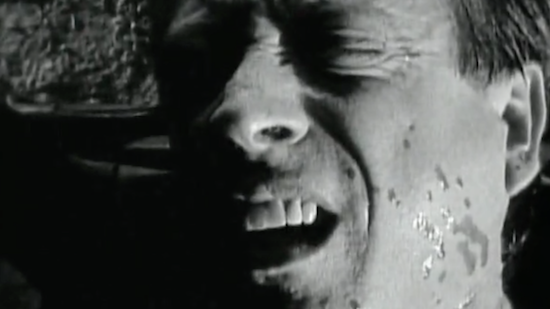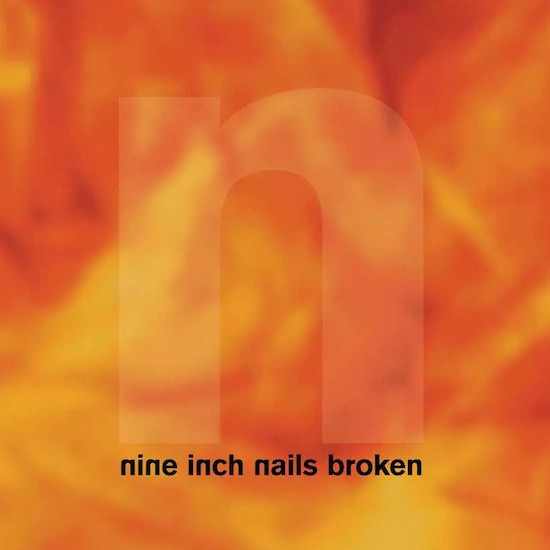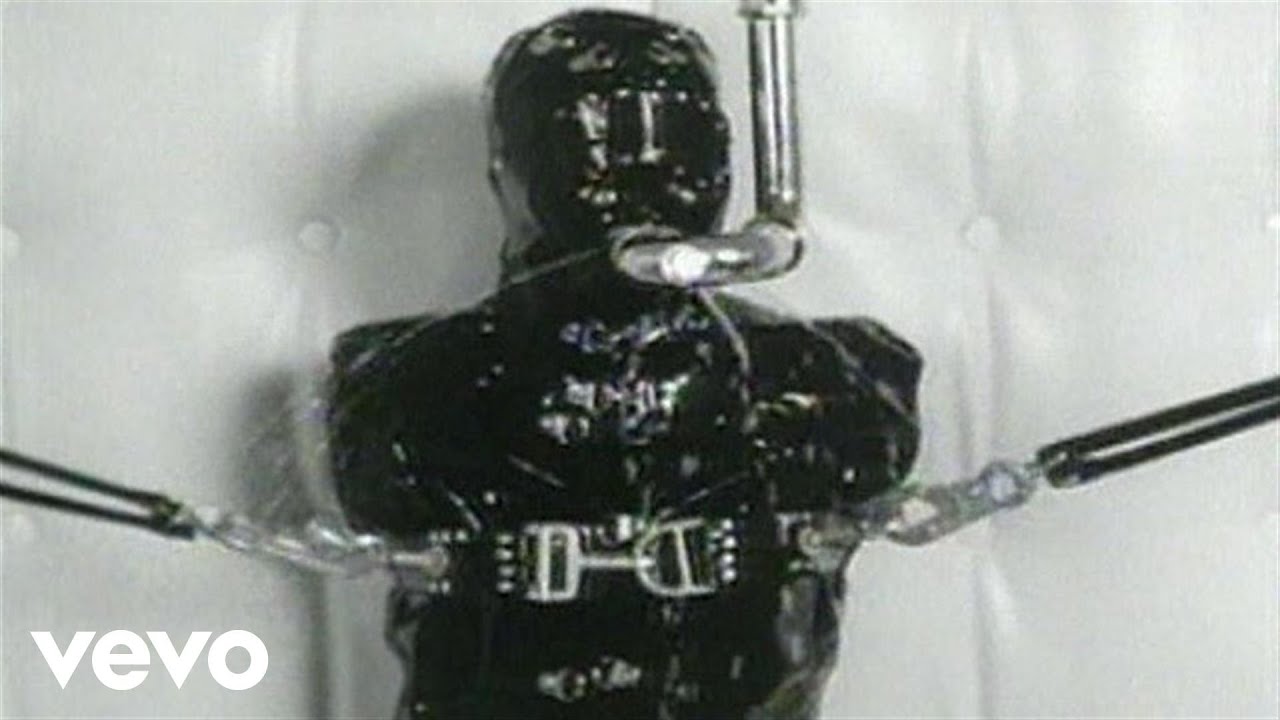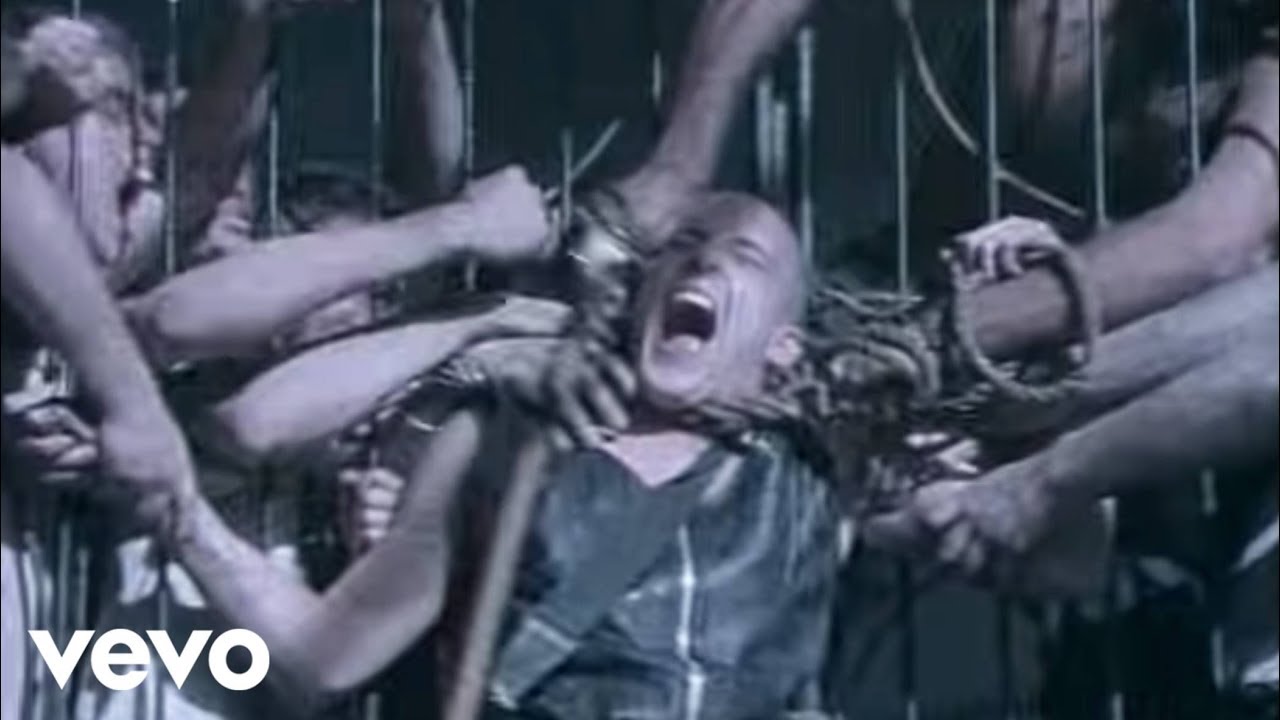One of the most interesting and hazardous parts of childhood is the uncertain boundary between fear and fascination. There comes a time when the fears expressed in folklore, religion, fairy tales, even horror movies, safely locked within storytelling formulas and morality lessons, gives way to something much darker – a realisation that there are things that happen in the adult world, just across the threshold, that defy understanding and containment. There are things out there that scare even the adults. And these things possess their own gravitational pull.
When I was a boy, I used to read anything I could get my hands on; the choice was scarce and often wildly inappropriate. My mother had me when she was still a teenager and she still had many of her secondary school textbooks lying around the house. At much too young an age, I became fixated on one in particular – a history of the twentieth century and was soon immersed in its grainy monochrome photographs. The images which exhibited the most power, in terms of terrifying and compelling me to look, were images of as-yet-unimagined horror – the skeletal survivors of the Shoah, the brutalised zeks of the Gulag, the burned shunned hibakusha of Hiroshima and Nagasaki. To this day, I do not entirely understand why I felt such a compulsion to look even though it was like staring into the sun.
The French writer Georges Bataille came back to this conundrum many times. His obsession, to the point of morbid fascination, was with a sequence of photographs of a public execution in late imperial China. The victim had been sentenced to lingchi, the so-called death by a thousand cuts, during which officials dismembered his body, cutting away limbs and muscles, while the condemned was still alive. The victim had first been given a dose of opium, which, while merciful, lent the scene a macabre sense of displacement. In the two photos that came to haunt Bataille for his entire career, it appeared as if the victim is in a reverie as his body is slowly torn apart in front of him. “I have never stopped being obsessed by this image of pain,” Bataille wrote in The Tears Of Eros in 1961 “at once ecstatic and intolerable.”
Deeply disturbing by any measure, the images fall easily however into familiar tropes, from sadistic voyeurism to orientalist disgust to comparative criticisms between civilisations. On an individual level, viewing such horrors exacts a cost. “Whoever fights monsters should see to it that in the process he does not become a monster,” Friedrich Nietzsche wrote “And if you gaze long enough into an abyss, the abyss will gaze back into you.”
Abyss-gazing has been an occupational hazard of music for centuries. Though it can be theatre, even pantomime (the more kitsch sections of metal for instance), there’s no doubting that some musicians face a precipice. It takes courage, among other things, to be involved in narcocorrido for example. A musician need not even gaze into the abyss for it to gaze back, as the recent horrific spate of murders of hip hop artists have shown. In thematic and sonic terms, industrial music has long set its sights on the heart of darkness. From Throbbing Gristle’s ‘Hamburger Lady’ to the fate of Laibach’s early singer Tomaž Hostnik, it is a genre that has long strayed into baleful territory – expressionist destruction, dark arts, orgiastic nightmares, pistons and prolapses. With a degree of arch gallows humour, it does exactly what it says on the Piero Manzoni tin, with groups with names like Nurse With Wound, Godflesh, Kevorkian Death Cycle or album covers like Ministry’s, even if there is the occasional trap lying in wait for the unsuspecting (I’m staring at a copy of 20 Jazz Funk Greats as we speak).

A still from the ‘Happiness In Slavery’ video
“I grew up in a small town — small town USA” Trent Reznor would point out, “Mercer, Pennsylvania, to be precise, where there was nothing to look at but cornfields. It was a primitive time long before the miracle of the internet arrived to devalue our wonderful art form. Even pre-MTV. There was nothing to listen to on the radio. Nothing to do but dream and escape.” He said these words at The Cure’s induction into the Rock And Roll Hall of Fame, a band he owed his escape to. Growing up in Mercer, his way out to what he became was made possible by following the songs that had somehow made it to him – The Cure’s The Head On The Door, Gary Numan, Joy Division, Bowie, Pink Floyd’s The Wall, all of it dark but significantly all of it possessing pop acumen.
It’s an approach Reznor would adopt for Nine Inch Nails, even if his gift for hooks works against him in the eyes of music snobs. Reznor would pick up a great deal from his contemporaries and twist styles into his own – there are moments of Jane’s Addiction-style dynamics, Public Enemy Bomb Squad-style production, even a touch of Prince on his debut Pretty Hate Machine, the demos of which also reveal the influence of groups like Depeche Mode and 80s dance culture as much as Skinny Puppy, The Pop Group, or any of the aforementioned industrial acts. Reznor’s curiosity is somewhat undervalued. There are unexpected touches throughout Pretty Hate Machine. The Samburu warrior chants at the start of ‘Head Like A Hole’, the Gregorian chants on ‘Sanctified’, the sampling of Funkadelic on ‘Kinda I Want To’, quiet head cinema moments like ‘Something I Can Never Have’ that sound like a marriage of Erik Satie and H.R. Giger.
By the time of Broken, their follow-up EP, Nine Inch Nails were beginning to tilt, moving towards becoming a heavier guitar-focused band. More animating than this though was rage over escalating disputes with their record company TVT. In Reznor’s words, in a press release for the 12 inch vinyl promo of the record, Broken was “secretly recorded from March to August 1992 in a variety of locations without the permission of the record label to ensure it could fester without Divine intervention.” On the first album, the focus of dark vitriolic thoughts was largely inwards, beneath even the more dance-orientated pleasure-seeking moments, there’s a feel of anguish and self-disgust; ‘Sanctified’, for example, is as much about addiction as it is sex. With Broken, it feels like something finally gave and emotions exploded outwards. It was not a pleasant period as Reznor attested. “Broken was a hard recording to make Broken is an ugly record made during an ugly time in my life Broken marks phase three of nine inch nails: the becoming I am starting to realize what this is all about and I don’t like it.” [sic]. The result of all this pain and fury is a blazing uncompromising record with a momentum that would take Nine Inch Nails to new heights (their manifestation as mud-encrusted orcs defiling Woodstock ‘94 for one) and depths that Reznor almost did not escape.
It begins with ‘Pinion’, less an instrumental and more a menacing prologue. Sampling ‘It’s No Game’ by the band’s future collaborator David Bowie, ‘Pinion’ would be little more than incidental music were it not for its video, which places Nine Inch Nails directly within a netherworld of squalor and perversion (then there’s their bad sides). It opens with a flushing toilet and follows the waste through the pipes (an early instance of what would become a title sequence cliche in films of the time), before it emerges into the mouth and jerking body of an unidentified and restrained human being. The ambiguity as to whether this is a portrayal of willing BDSM or a far darker scenario is intentionally troubling, yet there’s also satirical trolling going on here, regarding the content we are given to consume. Given the relative cultural scarcity of the time, a clip like this would have far more of an impact than it does now, when we’re repeatedly exposed to all manner of horror-shows in the infinite scroll of social media and rolling news. In those days, such footage was spoken of in hallowed terms, passed around as degenerate VHS samizdat, alongside Faces Of Death, Cannibal Holocaust or whatever the latest mondo film was. Reznor knew this and he knew the mythos it imparted. With Broken, and particularly its videos, he would skirt the abyss, a fly-by mission that would make his reputation provided he didn’t get too close.
Before we get there, we have to get success out of the way. Broken is effectively book-ended by its most commercial moments ‘Wish’ and ‘Gave Up’. They follow in the anthemic trend Reznor had set with Pretty Hate Machine’s opening track ‘Head Like A Hole’, a song that was quickly recorded, added as an afterthought and yet began the band’s launch into the stratosphere. Commercial is a relative term of course, and the tracks are as incendiary as hits get. It’s a point of pride to Reznor that ‘Wish’ is the only song, as of yet, to contain the term ‘fist-fuck’ and still win a Grammy. ‘Gave Up’ is built from the same propulsive, unyielding yet ridiculously catchy material, with lots of quirks buried in the mix (including John Lennon’s ‘Strawberry Fields Forever’). Together, the songs have a cathartic vitality, even if the lyrics mirror the EP’s infernal cover.
Between the two tracks, there’s another moody tension-building instrumental, named in honour of fellow deviant Clive Barker, ‘Help Me I Am In Hell’ and ‘Last’, a stomping behemoth that feels slightly NIN-by-numbers. Hidden at the end of the EP there’s a muscular update of Reznor’s ‘Suck’ (previously recorded with Pigface) and a sultry cover of Adam Ant’s ‘Physical (You’re So)’. In spite of the latter’s ZZ Top-on-sedatives quality and Nine Inch Nails’ long-standing association with angst, it’s worth empathising that the group excel in music as a type of seduction. Aside from Reznor’s skills and presence, and his remarkable eye for musicians to work with, it’s something learned from being faithfully steeped in the lore and atmosphere of transgressive acts like Coil as well as the pulse and intimacy of dancefloors. They are manifestly a band of the night and everything takes place within it.
At the centre of Broken is its most controversial track, the Story Of O-inspired ‘Happiness in Slavery’. Though it would raise all manner of objections today, the chief object of concern at the time was its video. Nine Inch Nails already had a reputation for pushing the boundaries visually, challenging artistic constraints and social taboos. Following Coil’s lead, many of their early videos balance violence and sex, often with more than a hint of homoeroticism, S&M and libertinism. The video for ‘Sin’, NIN’s 1980s banger (a phrase I use reluctantly but unavoidably), is a work of intense Jarman-esque erotica with frolicking gay lovers, full frontal pierced genitalia and Reznor being spun on an Aerotrim by a dominatrix. Their video for very first single ‘Down In It’ had culminated in a scene where Reznor appears to fall off a rooftop to his death. Later, his band members discover his decaying ‘corpse’. Unfortunately, one of the cameras that was capturing the bird’s eye view of the scene, drifted off with the balloon it was attached to, landing on a farm hundreds of miles away, where it ended up eventually in the possession of the F.B.I. who thought they’d found a snuff movie.
Broken would continue the trend. ‘Help Me I Am In Hell’ features a man feasting in a glass box full of flies. The end of the video for ‘Wish’, which they made with Peter ‘Sleazy’ Christopherson of Coil, was censored by MTV, who thought the caged band being torn apart by a baying mob might be a bit too rich for the tastes of their viewers. It was ‘Happiness in Slavery’ that received the most flack, an onslaught of a song with a splendid electronic groove beneath the blitz. Its video, featuring the disabled masochist performance artist Bob Flanagan strapping himself into a torture machine and being ‘torn apart’, was inspired by Octave Mirbeau’s book The Torture Garden, which itself derived from Western views of lingchi and other practises. The films were actually part of a longer even more controversial movie by Nine Inch Nails, Christopherson and others that bridges the age of the video nasty and the modern era of torture porn (Hostel, Saw, A Serbian Film etc) and sites like Rotten.com, LiveLeak and so on. Buried from mainstream view, the film circulated underground for many years among those who circled the abyss on video tapes and torrent sites.
Unencumbered but also mythologised by this backdrop, Broken set the stage for colossal success with The Downward Spiral. It’s a strong, visceral listen still though not entirely positive. If not the beginning of the fall, it feels like a dramatic increase in the descending gradient. The Downward Spiral may have been a platinum-selling masterstroke but it also sounds like an album some people might not survive. There are moments on its remix collection Further Down The Spiral where it sounds like Reznor is struggling to find a path that goes beyond self-destruction. Yet there are other ways, something shown to him by Coil, even if, tragically, it was not something they could escape themselves. The group were an abyss-flirting act if ever there was one, but they had also built up an entire iconography around themselves, as if inhabiting a parallel-world or inventing a religion, one that defied musical categories, being as much ambient as it was gothic, as divine as it was profane. There were always trails that could be blazed, they suggested. Anything was possible. And they demonstrated this, by spearheading the remixers (JG Thirlwell, Danny Hyde, Butch Vig etc) who took apart and rebuilt Broken to create its exhilarating inventive companion volume Fixed.
Others helped. Having set up a recording studio in the house where Sharon Tate and her friends were butchered, Reznor was confronted by Tate’s sister, a meeting that brought him to his senses, and the death-fixated arrested development that blights some young people (particularly men) came to an end. Avoiding self-destruction, Reznor would also have to avoid self-parody that many transgressive artists fall into, moving away from the Edward Gorey-esque high camp of ‘The Perfect Drug’ video and re-embracing his studio alchemist past, using electronics to create soundscapes and soundtracks. He gave himself a future.
Depression and rage can be tyrannies and they can be distortions. “I think that knowledge enslaves us,” Bataille wrote “that at the base of all knowledge there is a servility, the acceptation of a way of life wherein each moment has meaning only in relation to another or others that will follow it.” The key is to avoid being trapped, and to avoid seeing the world through a glass darkly, and thus through another warping prism. Why do we look at such horrors in the first place, it must be asked. There are answers beyond mere voyeurism, not least that in attempting to know, we are attempting to endure and overcome the abyss, control and distance, map it out and keep it forever at bay. Yet we cannot, neither through transcendence nor trolling. It is fear as much as fascination that’s behind this desire to gaze at horrors, and a time comes when one sees the futility and instead pays attention to what else is around them. Having escaped the confines of others with the dynamic and debauched Broken, Reznor would have to escape the confines of his own view of himself and the world, to move from misanthropy to maturity. The fact that thirty years later, he is still making vital music, suggests something profound was achieved in turning his gaze in other directions.




